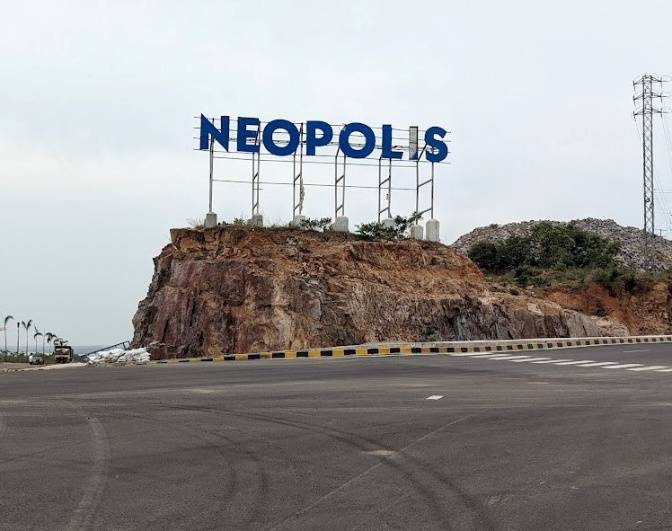The central and state governments are moving ahead with plans to monetize 462 enemy properties across 11 districts of Maharashtra, making detailed information about these assets public for the first time. The initiative forms part of a broader national strategy to unlock the economic potential of such properties while amending the Enemy Property Act to remove longstanding legal and procedural hurdles.
The Mumbai branch of the Custodian of Enemy Property for India (CEPI), working closely with the state revenue department, has fast-tracked the documentation and verification of each property. These assets, previously owned by individuals who migrated to Pakistan or China, now vest with the Union government under the Act.
What is an Enemy Property?
Enemy properties refer to assets belonging to individuals or entities who migrated to enemy nations—mainly Pakistan or China—after India’s wars with these countries. Under the 1968 Act, such properties, which include land, buildings, houses, and movable assets, are vested in the Custodian of Enemy Property for India, representing the Government of India. Legal heirs of these owners, even if Indian citizens, cannot reclaim or inherit these assets following the 2017 amendment to the Act, which strengthened government ownership and barred civil courts from hearing disputes related to them.
Officials have compiled detailed records covering ownership history, litigation status, and encroachments for each property. According to senior revenue official Surendra Gangan, district websites will soon host these listings to improve transparency and encourage investor participation.
Maharashtra ranks fifth in the country in terms of enemy property numbers, following Uttar Pradesh and West Bengal. Of the 462 assets, 181 are located in Mumbai Suburban, 78 in Island City, 90 in Thane, and 77 in Palghar, with smaller numbers in Chhatrapati Sambhaji Nagar, Ratnagiri, and Jalgaon.
Many properties occupy prime real estate. Among them are the Diana Talkies building in Tardeo, two plots at Bori Chawl House in Colaba, Building 575 in Parel’s Supari Baug, Kishori Court in Worli, and sections of Moti Cinema in Girgaum. Authorities believe that once encumbrances are removed, these locations could generate significant redevelopment interest.
Previous auctions of such properties have struggled due to low awareness and misconceptions around ownership. Surendra Gangan noted that some potential buyers hesitate, fearing links to criminal backgrounds or unclear legal claims. Making complete information publicly accessible is expected to improve investor confidence and participation.
The 2017 amendment to the Enemy Property Act had reinforced government custodianship and prohibited legal heirs—including Indian citizens—from claiming inheritance rights. The Centre is now planning further amendments aimed at simplifying occupant rights and expediting property disposal.
District collectors, who act as deputy custodians, have been instructed to remove encroachments and settle disputes to ensure auction readiness. Surendra Gangan confirmed that the compilation and verification process is almost complete, with the first phase of auctions likely to commence within the next year, following the introduction of the new legislative measures.









.png)